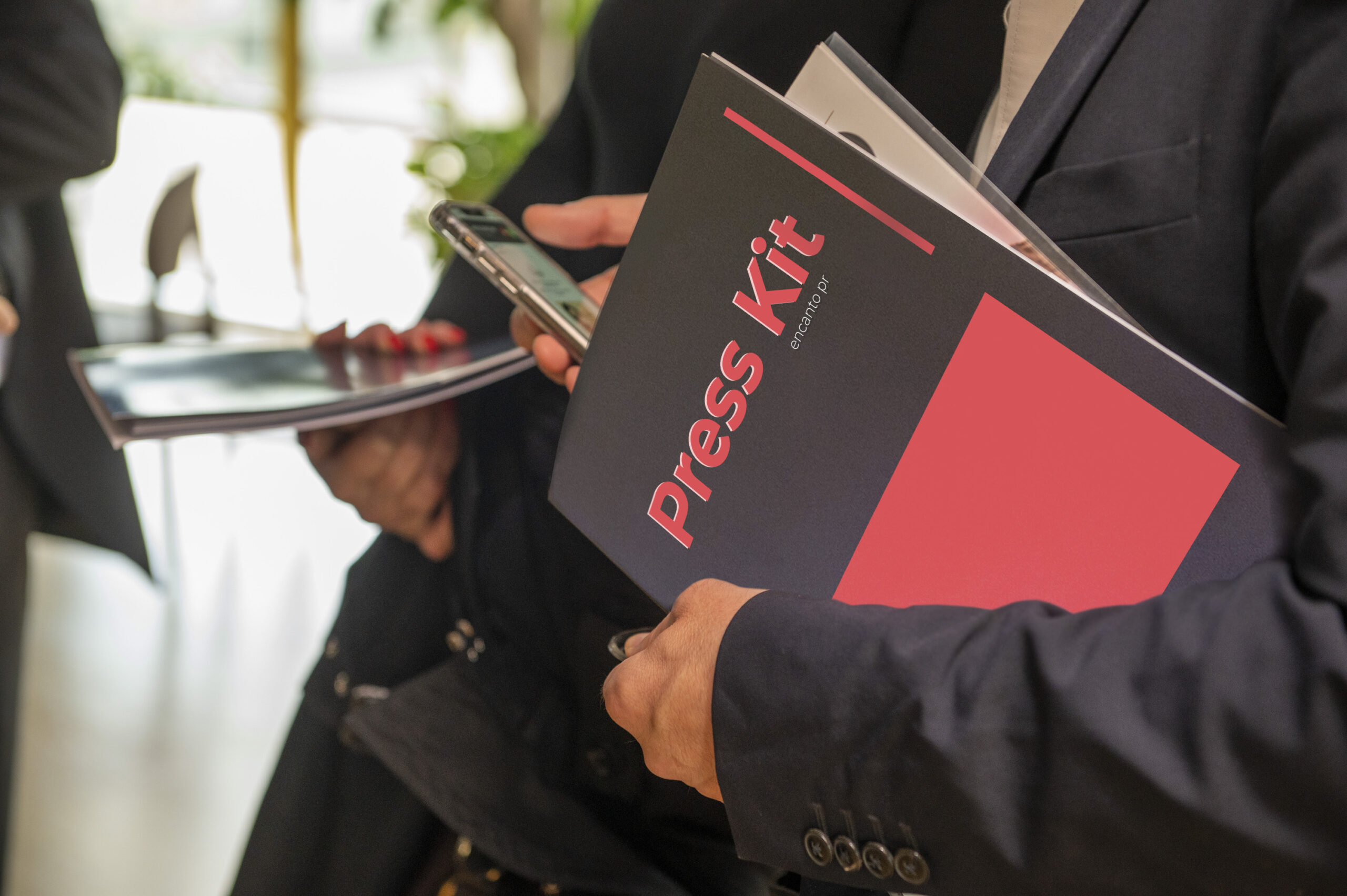Companies are key sources for newsrooms, but press offices must ensure data, accuracy and credibility

“The press office must be organized as a multimedia and cross-media newsroom, today more than ever before,” explains Cristina Cobildi of Encanto Public Relations, “it must offer journalists information backed by experts, data that is verifiable and already in the different formats that allow it to reach all the channels through which news is accessed.”
Crossmediality and multi-channel are the dimensions in which information and therefore also corporate communication move, starting from press relations that today see news flowing in a single information stream on the web, moving from online media to video and podcast platforms and naturally to social media.
But as stated in the latest Cision State of Media Report 2023, which surveyed more than 3,000 journalists, companies and their media relations offices must ensure that content is accurate. Depth and accuracy are defined as a priority by 58% of journalists. 27% also stated that their biggest challenge is maintaining credibility as a trusted source. 40% of journalists say they rely more on data this year than in previous years and rely on their collaboration with PR professionals to provide this data. When asked what communication professionals could do to simplify their work, 66% of journalists responded by providing data and expert sources in press releases, which remain the number one source for media in content generation (35%).
“To increase the value of the information provided to journalists,” explains Cristina Cobildi of Encanto Public Relations, “when writing a press release it is important to consider validating the content with quotes or testimonials from experts in the field. The press office, must be – now more than ever – structured like a multimedia newsroom,” continues Cristina Cobildi, “in order to offer the media, information in the right formats for the channels in which it is used today.”
The media relations account no longer only works with a team of colleagues with whom he shares and refines the strategy of defining audiences and results, but his work is also shared – in real time – with a mini-newsroom, equipped with journalists, video crews, infographics experts and photographers who decode the news into a multiple of content.
The media relations office is the most effective lever for promoting corporate reputation and the brand, because it is only through authoritative media intermediation, skillfully managed, that the most credible content is built.
“It is from this operational and control center,” explains Roberto Gazzini of Encanto Public Relations, “that the content and the good stories arrive, to be shared even before the press with one’s own internal audiences and then with the major search engines. External and internal communication are now more than ever sides of the same coin and feed off each other, to sustain the company’s reputation starting with its employees even before the media and social media.”
While the media play a fundamental role in shaping public opinion, in the creation of the perception of reality, the web and social platforms should instead be entrusted with the task of amplifying this cross-media content, to further contribute to enhancing the reputation of companies.
There is no distinction between traditional press and online publications: not only all newspapers, but also TV and radio stations have one or more web and social channels through which they disseminate their articles and news, and many journalists are even influencers of themselves and have their own social channels that repost both what they already offer readers and ad hoc content. And let us not forget that on search engines, Google above all, media enjoy excellent positioning precisely because the algorithm recognizes their authoritativeness.
